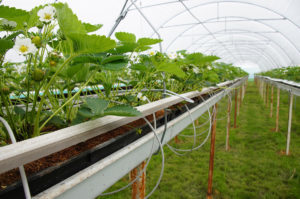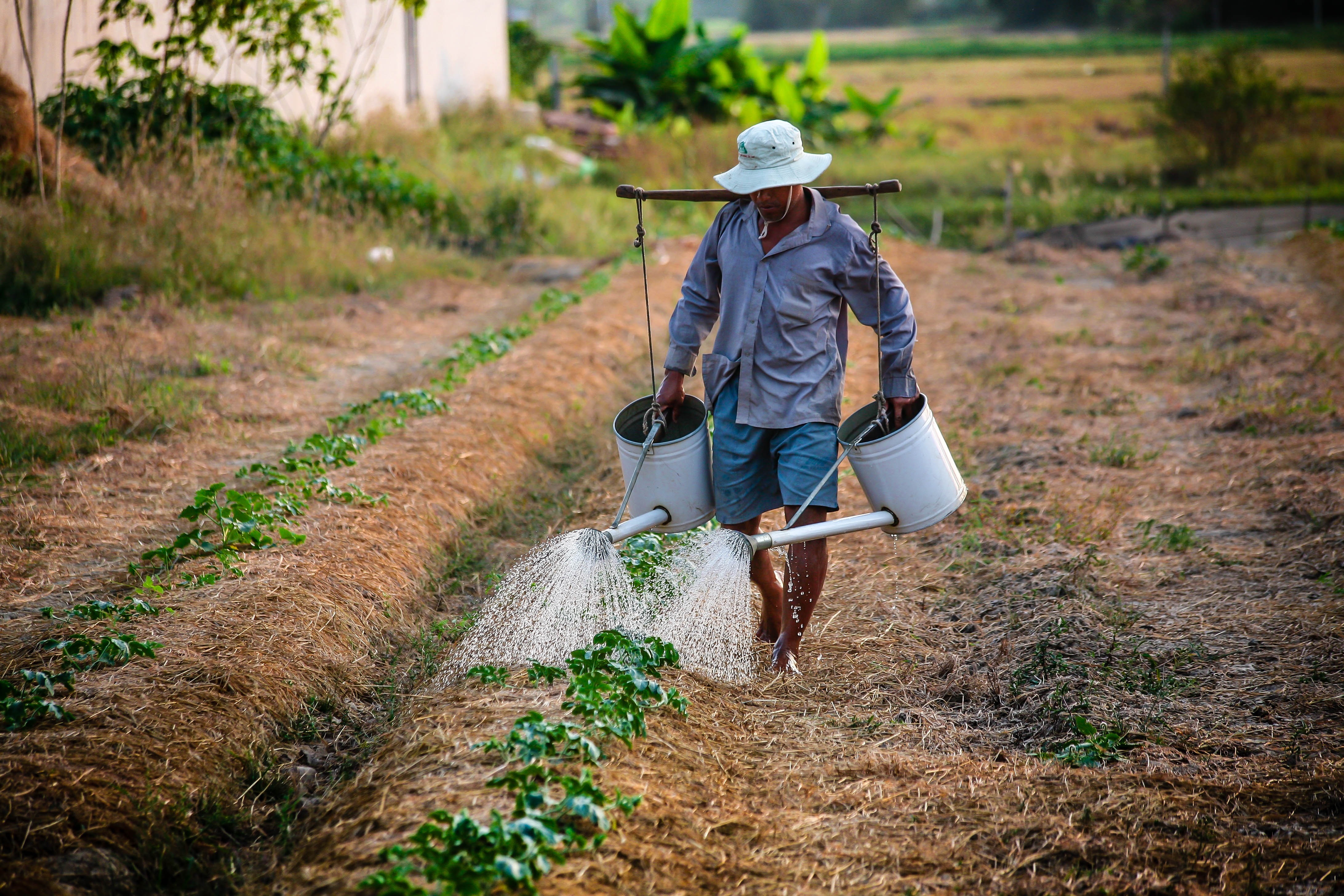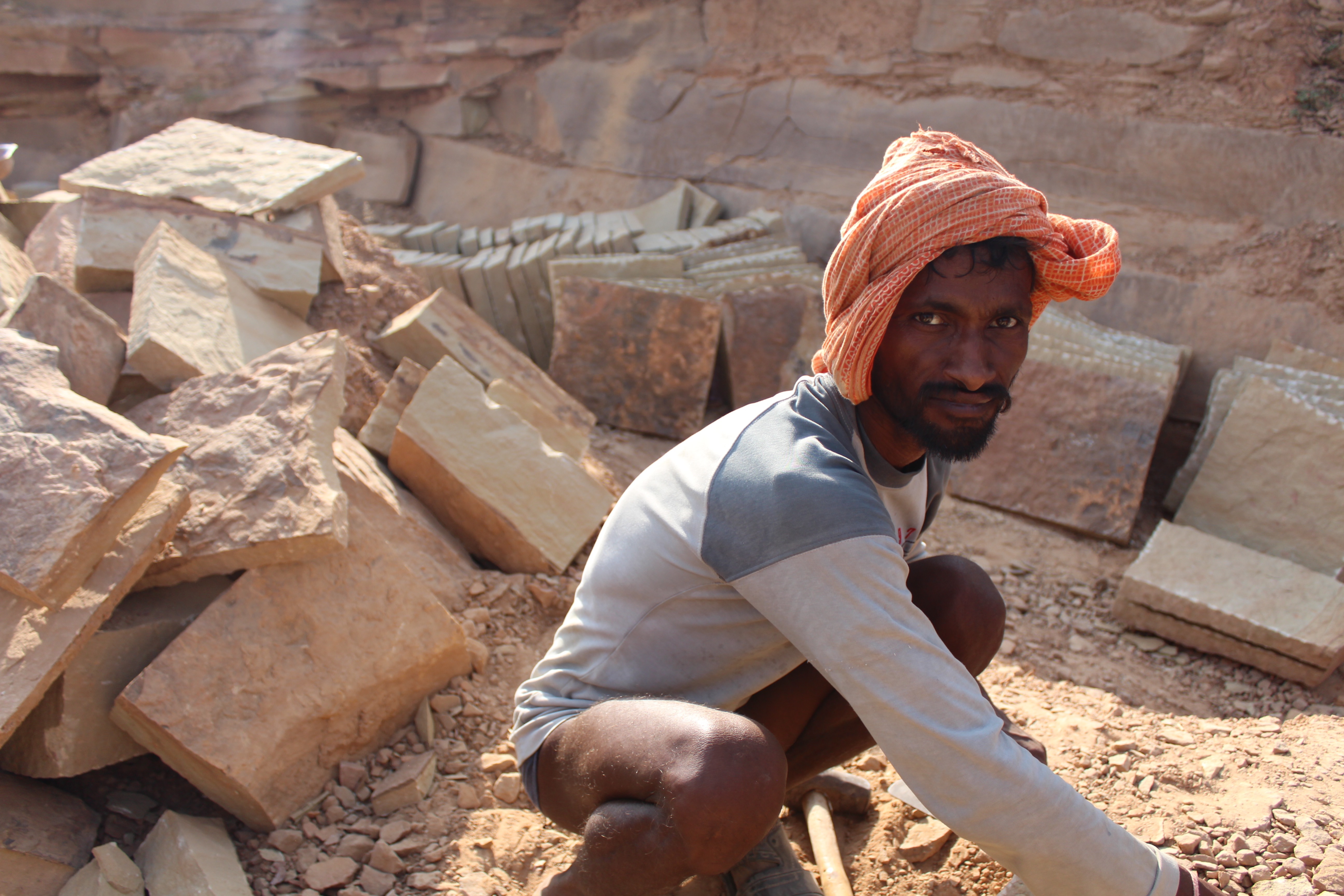Investment in climate-smart agriculture offers, at this point in time, unique opportunities across the value chain to address the SDGs. This article explores the promise of impact-investing in agrifood, a crucial sector for sustainable development.
Globally, agriculture and food — or “agrifood” — is a $7.8 trillion industry and employs 40 percent of the world’s population. The sector is being transformed by climate change, population growth, resource constraints, consumer demands and health concerns—all of these are the growth catalysts in agtech and foodtech investing today. Agriculture contributes 14 percent of global GHG (greenhouse gas) emissions and is a crucial sector to adopt sustainable, resilient, climate-smart practices.
According to the seminal BCG-Agfunder report released last year, rapid advances in agricultural technologies have a strong potential to disrupt markets and business models of agribusinesses today. The combined agtech investments of agribusinesses and venture capital reached $20-25bn in 2015 even though net farm income fell to 65 percent of peak 2013 levels. The market is expected to further grow, including investments in data-enabled agriculture. But these same industry players tend to be conservative and risk-averse when it comes to investing.
At the same time, an abundance of startups are bringing innovation to all parts of the food system: from farm gates to consumers’ plates. As one of the world’s largest food producing blocs, Europe’s 12 million farmers, 380,000 forestry owners, its food producers and food retailers all have a vital role to play in contributing to global food security, energy security, climate and UN Sustainable Development Goals (SDGs). This trend is not limited to the developed world—rather, innovation by necessity is occurring in the countries heaviest hit by climate change and hence most food-insecure.

IN THE PHOTO: Sustainable strawberries indoor farm. PHOTO CREDIT: Climate kic
In Europe, an increase of capital for promising growth stage ventures helps sustainable consumption innovation and agtech and foodtech businesses blossom.
To put it into perspective, investment in the sector was up by 6 percent in the first half of 2017 even as the total number of deals fell by 27 percent according to a new report from market research firm AgFunder. Large deals drove $4.4 billion in investments.
However, prior to this well-funded growth stage was the infamous valley of death, where startups with a proven concept yet limited commercial access often failed. But that is behind us now.
How to Achieve the Transition to Climate-Smart Agriculture
Climate-smart Agriculture Booster (“CSAb” or “Booster”), a flagship programme of Climate-KIC’s Sustainable Land Use theme, is one of Europe’s leading innovation hubs, community and collaboration platform pioneering the transition to climate-smart (“low-carbon”) agriculture across Europe, while contributing to global sustainable development by reshaping the agriculture and food systems.
Established in 2015, CSA Booster acts as both an innovation platform and an accelerator where it brings together a multi-stakeholder ecosystem of public and private sector partners including some of the leading research institutions in Europe, corporates, start-ups and international organisations to incubate innovative and sustainable CSA solutions, catalyse their adoption and scaling, and to accelerate and de-risk investments into CSA across Europe and beyond.
The CSA Booster currently has over 70 partners and has activities across Europe in all major regions. As of June 2017, the Booster acts as the European regional hub for the Global Alliance for Climate-smart Agriculture (GACSA) initiative, hosted by the UNFAO.
To address the gap across Europe, connect startups to the commercial ecosystem, triangulate innovation with academia, government and industry CSAb tackles three main objectives:
| PRODUCTIVITY
Sustainably increase agricultural resilience, productivity and incomes to meet national food security & development goals |
CLIMATE ADAPTATION
Build resilience and the capacity of agricultural and food systems to adapt to climate change |
GHG MITIGATION
Ensure that agriculture contributes to mitigating emissions of greenhouse gases and carbon sequestration |
How can the SDGs be addressed, food security-enhanced, startups supported, and Europe’s agrifood sector enabled for sustainable growth past 2020? Four key channels preside along the agrifood supply chain, ready for engagement:
- Boosting agricultural productivity by facilitating investment to improve crop productivity and boost agricultural yields through better use of resources and cutting food waste. For example – achieving the “maximum” potential of a wheat field would deliver 40-42 tons per hectare per annum, but today’s average yield is between 2 and 10 metric tons per hectare.
- Boosting climate mitigation efforts by reducing and sequestering global GHG emissions from agriculture and food supply chains (especially CO2, methane and nitrous oxide). Precision agricultural technology and tools, facilitated through the use of drones, have become a critical part of agriculture, whether for zone sampling, imagery, yield monitoring, or GPS guidance of farming vehicles. Traditional brick and mortar shops are also making way for online platforms to offer logistical and operational efficiencies—for example cooking at home through organisations like Blue Apron, who discarded 5.5 percent of food (waste) versus the US average of 10.5 percent in grocery stores.
- Boosting climate adaptation and food security by encouraging sustainable land use and agricultural practices and building farm and forest resilience to climate change and extreme weather events. In the usage of nitrogen (key ingredient in fertilizer) there is a huge gap between potential impact of a given amount of nitrogen and its actual maximum potential. In other words, if nitrogen use was better optimised, farmers could be using much less fertiliser (consuming up to 60 percent less nitrogen per hectare), reducing costs and environmental impact.
- Boosting education and understanding of climate-smart agriculture and best practice. As a result, customers will be fully informed and make decisions on fact rather than marketing. Behavioural change is a key pillar underlying this.
Other key trends include the development of protein substitutes (insects, algae) without environmentally destructive production processes that use less land and less water than livestock (funding for the segment has increased by 60 percent to $206 million and include investors like Bill Gates), precision agriculture, and clean inputs.
Consumers say they are willing to pay for sustainability features in order to have a positive effect on the environment because they are worried about climate change, and to make a difference in the world—as well as ‘good for me features’ (i.e. better for consumers’ health).
IN THE PHOTO: Alternative protein. PHOTO CREDIT: Climate kic
So how does this translate into investment opportunities, and as an investor, what can you do to invest responsibly while making a profit?
Sustainable farmlands and forests are very attractive because they are not subject to the same degree of speculation as real assets like gold or oil, and are uncorrelated with other asset classes. While net returns a decade ago were higher, between 8 and 9 percent, it is still competitive today at between 2 percent and 3 percent above the benchmark, and long-term prospects for sustainable production is even higher.
For straightforward equity exposure, food stocks are readily available (like Nestlé or Unilever) but pure-play listed equities (agricultural or food supply chain only) are limited. About 70 percent of global agricultural production goes through four companies which have dominated the market for almost 50 years: Archer Daniels Midland, Bunge, Cargill, and Dreyfus and whose supply chains are not considered sustainable. Other listed agri-equities exist but are considered risky, requiring exposure to emerging markets, FX volatility, weather, and geopolitical disruptions.
Regarding alternatives, there are still few successful hedge fund or private equity fund managers specialized in agrifood; commodities’ hedge funds performance has been very mixed, and commodities’ futures trading is highly dependent on timing and speculation. For example, there are energy funds that back climate change related businesses, or tech-focused teams that make digital or precision farming investments but limited agriculture-specific buyout houses or early stage ag-only VC teams.
Agriculture is an attractive investment opportunity, but it is not perceived that way by the investment community. As a result, there is an upsurge in direct investing, which often lack liquidity and transparency but where impact—both financial and social/environmental returns—can be maximized.
This has been the case for aquaculture. There is a clear potential for growth, however, two supply chain bottlenecks exist. Firstly, feed supply is not high enough (fish need special food that corresponds to its metabolism and stage of development) and secondly, fish-farming practices need to be fine-tuned to address environmental impact. Current practices often result in disease and pest infestations, so limited sustainable solutions, such as Aqua Park, that have emerged online have attracted significant private investment.
Supply chain traceability and food security technologies have a very high potential. Mycotoxins are a worry but have been little discussed—far worse than pesticides that may end up in your breakfast cereal, the fungus that can contaminate food are lethal. And fake food is an issue in some countries, such as the Nestle milk disaster which poisoned children in China.
To combat these problems, tech solutions are emerging, but often small in size and hence the purview of private investors or aligned food companies. Besides these direct equity investments, trade finance and microfinance continue to provide impact and financial returns.
IN THE PHOTO: Agroforestry. PHOTO CREDIT: Climate kic
Trade finance is an opportunity now that banks have been regulated out of the market.
Providing capital and structuring products for trades has potential for fintech, and disruption or disintermediation is ahead thanks to blockchain technology.
Financing instruments to provide smallholder farmers with micro-loans continue almost unabated across emerging markets. Interest rates for farmers in many regions are not affordable. There is microfinancing experience and best practices in the market and the potential is far from being exploited.
But despite these opportunities and trends, many of the fundamental issues are related to policy and regulation, therefore the investment community must also engage and work with policymakers so that politicians can be better informed on the key issues and potential solutions to address them.
Only when the diverse actors along the entire agrifood value chain can come together, share approaches and co-create solutions can we yield results that not only address the SDGs but contribute to an agriculture sector that is adaptive, more resilient to climate change, while contributing to climate change action and scaling climate-smart agricultural best practices.
Co-authored by Tenke Zoltani, Founder, Better Finance and Advisor to Climate KIC on Sustainable Land Use
 Tenke is an expert in the field of impact investing, focusing on strategy, asset allocation, and direct investments, specifically around joint energy, environment, and livelihoods solutions. She was most recently Director, Impact Investing, at UBS, and has a decade of experience in the field of sustainable finance.
Tenke is an expert in the field of impact investing, focusing on strategy, asset allocation, and direct investments, specifically around joint energy, environment, and livelihoods solutions. She was most recently Director, Impact Investing, at UBS, and has a decade of experience in the field of sustainable finance.
Before joining UBS, Tenke founded Better Finance, a boutique advisory company. She works with wealthy individuals, international corporations, and financial institutions to identify, design, implement and manage sustainable financial solutions to impactful investing and philanthropic giving. Prior, Tenke was an Investment Manager at Islan Asset Management in Switzerland, advising global agribusiness, Bunge, on direct investments, and implementing projects in least developed countries’ food-water-energy sectors. She built her expertise in London, consulting to governments and utilities on carbon finance and working alongside Lord Stern in climate research.
Tenke was selected as a 2013 Global Economic Symposium Fellow. She is a Committee Member for 100 Women in Finance, a former Executive Committee member of Sustainable Finance Geneva, and on the advisory boards of the AlphaMundi Foundation and Impact Finance. Tenke holds a B.A. in Economics and Political Science from Columbia University and a M.Sc. in International Political Economy from the London School of Economics.











